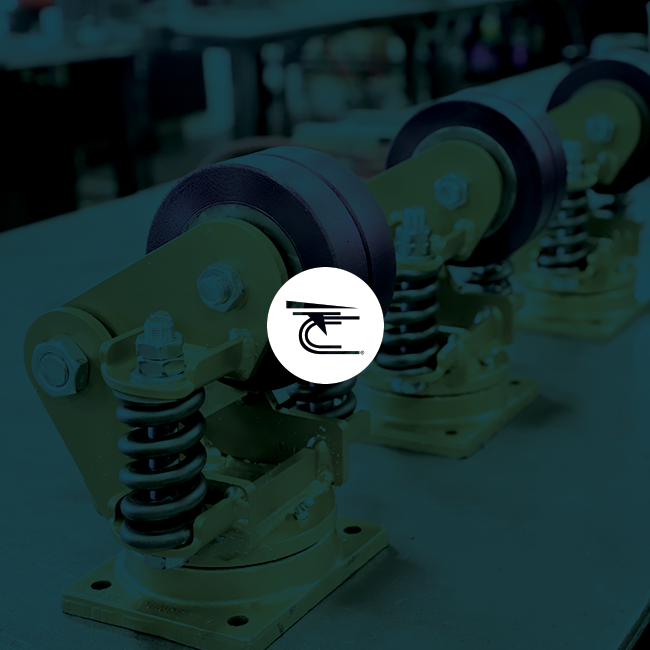

Your heavy duty industrial casters play several particularly important roles. They are responsible for carrying incredibly large loads from one location to another. That’s why their ability to operate as intended is critical to your employees’ safety and your company’s productivity. Below, you can find five tips for preventing industrial caster failure, which can result in injuries, downtime, and other ill effects.
Caster engineers use algorithms and equations to determine how much weight a single caster can safely support based on things such as the materials used, the size, and even the overall design. Each caster has a maximum capacity that should never be exceeded. For example, if a heavy duty industrial caster has a maximum capacity of 15,000 pounds and you install four casters, then the total capacity is 60,000 pounds. It is important that you never exceed this capacity as it can put undue strain on the materials and cause the caster to fail.
When it comes to heavy duty industrial casters, choosing the right materials is just as important as paying special attention to capacity limitations. Some casters have temperature limitations, and different caster materials react differently in their resistance to rust and corrosion. For this reason, be sure to think about the environment and choose casters designed to operate within those variables. Custom casters are another option as they can be specifically designed for unique applications.
When it comes to casters, the term “ergonomic” is important. An ergonomic caster is one that improves your employees’ efficiency in their working environment by reducing the amount of force required to start a load moving, reducing friction, and scrubbing against the floor, and even reducing shock. They not only make your employees’ jobs far less physical, but they also reduce the risk of overexertion injury – the single most common workplace injury in the US today.
Caster maintenance can take time away from production by creating unnecessary downtime. Maintenance-free casters must still be inspected from time to time for safety reasons, but thanks to their precision sealed ball bearings and unparalleled design and quality, they do not require greasing or lubrication. This can save you a great deal of time and drastically reduce downtime. Even just a few extra hours of production each month can improve your revenue.
Last, but most certainly not least, regular caster inspection is a critical part of improving safety and reducing downtime in the workplace, even for maintenance-free casters. Being proactive in this way allows you to find small issues before they become problematic, such as problems with the wheel tread or a loose anchor bolt. Design and follow a caster inspection checklist to avoid issues that may lead to injuries or downtime.
Caster failures can be devastating, and in some cases, they can cause unnecessary downtime – or even serious injuries. By staying within the casters’ capacities, choosing the right casters to install, and inspecting them regularly even if they are maintenance-free, you can significantly improve your company’s overall revenue.